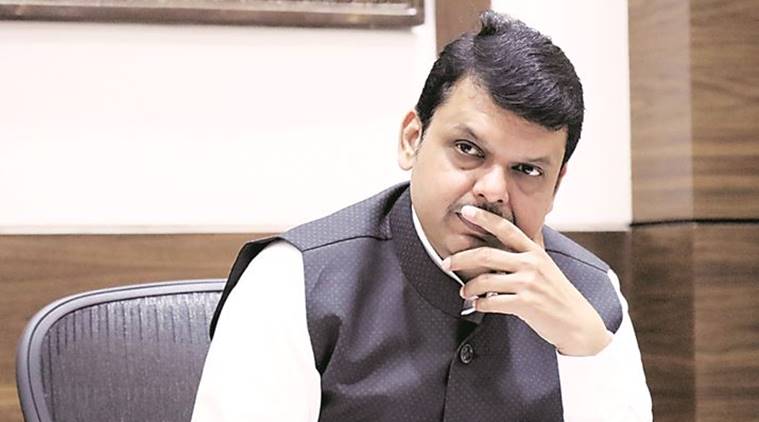Riding on the Modi wave, the BJP emerged as the single largest party in the 2014 Maharashtra assembly elections. Along with its ally Shivsena, BJP formed the government and Devendra Fadnavis was chosen as the Chief Minister. Fadnavis’s elevation as the CM was viewed as a gamble owing to historical anti-Brahmin sentiment prevalent in Maharashtra.
Since then, Fadnavis’s stock has witnessed a meteoric rise. He has rightfully earned the plaudits for ‘Jalyukt Shivar Yojana’ and has reformed the APMC Act. The BJP’s performance in 2017 Maharashtra Municipal elections testify that BJP has solidified its position under Devendra Fadnavis. It would not be far-fetched to say Fadnavis has emerged as a front-runner to succeed Narendra Modi as the Prime Minister, with ‘Vikas’ being the common denominator.
Apart from Vikas, there seems to be little in common between Modi and Fadnavis. Fadnavis has a penchant for visiting NDTV studios whereas Modi is known to keep the journalists at an arm’s length.
Incidentally, Maharashtra recently passed a bill to “protect journalists from violence”.
But weren’t journalists- like the rest of us, protected from violence earlier? Were they not subject to the same law? What was the need to turn journalists into a protected class? A pension scheme for journalists also seems to be in the offing. Considering the fact that national and regional media alike tend to have an anti-Hindu and anti-BJP outlook, is this not an example of feeding the enemy?
Along with journalists, Fadnavis has tried to fraternize with Bollywood. Aamir Khan, ever since his infamous intolerance remark- has tried to cater to nationalist sentiments. His decision to not release Dangal in Pakistan without the national anthem is a part of this image makeover.
Fadnavis’s government thought it necessary to pass a resolution congratulating Aamir Khan for this decision.
Fadnavis’s government caved in to the shenanigans of the Bhumata Brigade, even though the group had desecrated temples. The Government had also issued a circular banning the display of religious symbols and rituals in offices and state-run schools. This was later withdrawn because the desk officer had “had sent the letter without prior permission of the Deputy Secretary”.
But the tip of the iceberg is Fadnavis’s lackadaisical (or even hostile) approach in reforming the sectarian RTE act.
To refresh our readers’ memory, RTE act applies to religious and linguistic majorities alone. RTE act has been responsible for the closure of thousands of schools across the country. Budget schools tend to be affected the most since they cannot afford to meet some of the unfeasible RTE norms.
According to a data compiled by the National Independent School Alliance (NISA), the Government of Maharashtra alone has sent closure notices to 7000 schools for not implementing the RTE norms- more than Congress ruled Karnataka. If this is not a crusade against schools managed by Hindus, we do not know what is.
If Mr. Fadnavis’s attitude so far is anything to go by, it would not be wrong to presume he is a Liberal mole within the BJP. Will Maharashtra government abandon its anti-Hindu ways and appeal to its core supporters? Only time will tell.
